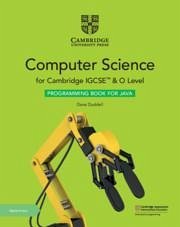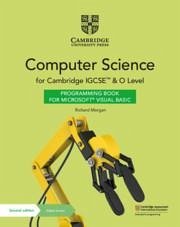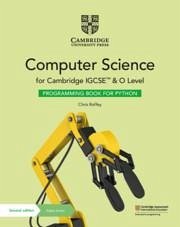
Gemma Young
Broschiertes Buch
Biology for Cambridge Igcse(tm) Maths Skills Workbook with Digital Access (2 Years)
Versandkostenfrei!
Versandfertig in über 4 Wochen

PAYBACK Punkte
8 °P sammeln!



Skills focussed, endorsed series for examination from 2023; inspired by teachers, for teachers.
Produktdetails
- Verlag: Cambridge University Press & Assessment
- 4th edition
- Seitenzahl: 154
- Erscheinungstermin: 3. März 2022
- Englisch
- Abmessung: 279mm x 221mm x 8mm
- Gewicht: 435g
- ISBN-13: 9781108947527
- ISBN-10: 1108947522
- Artikelnr.: 64202822
Herstellerkennzeichnung
Libri GmbH
Europaallee 1
36244 Bad Hersfeld
gpsr@libri.de
Für dieses Produkt wurde noch keine Bewertung abgegeben. Wir würden uns sehr freuen, wenn du die erste Bewertung schreibst!
Eine Bewertung schreiben
Eine Bewertung schreiben
Andere Kunden interessierten sich für











